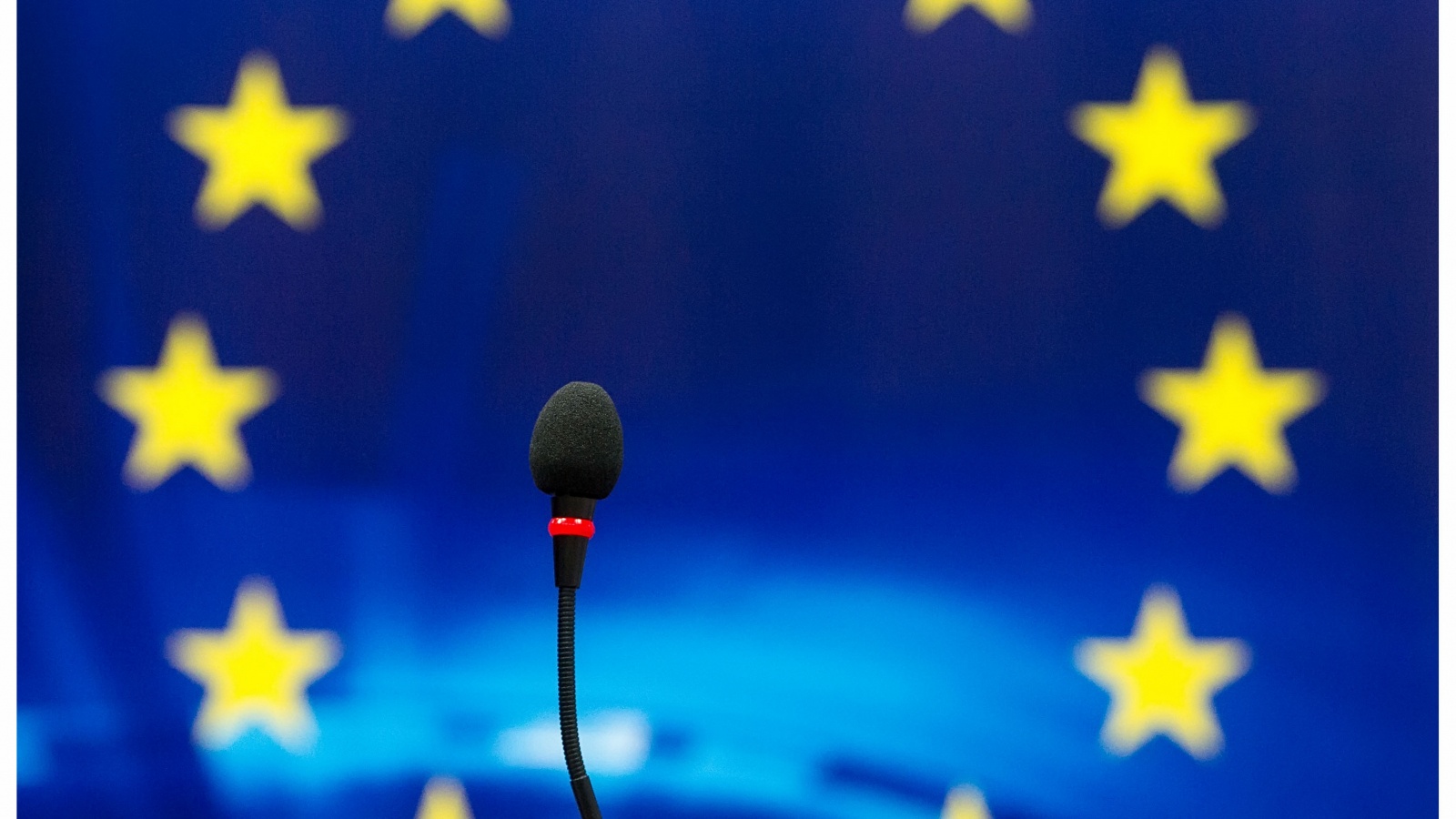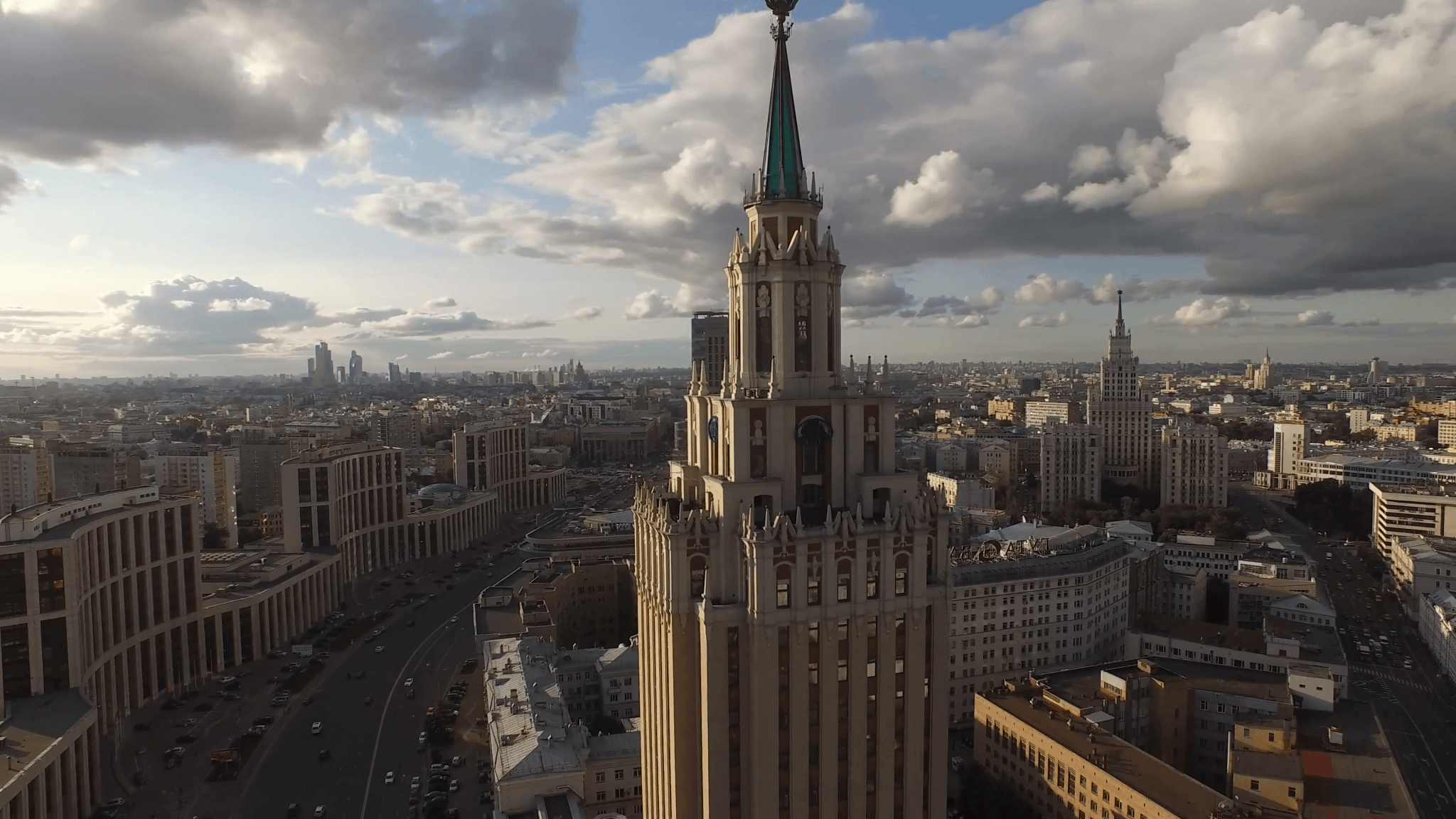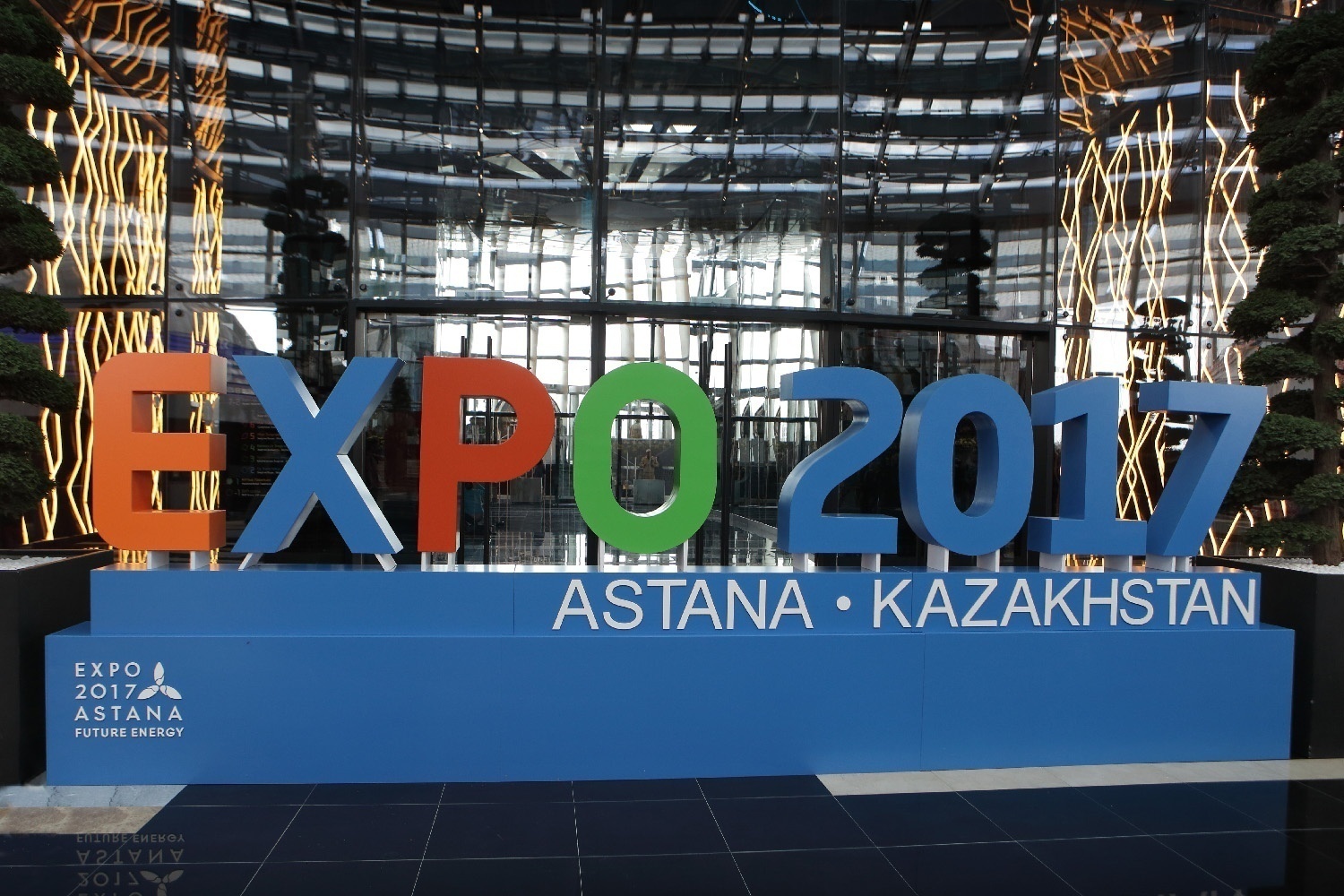
The revival of military clashes between Armenia and Azerbaijan over Nagorno-Karabakh on 27 September 2020, has once again faced the EU with the difficult task of managing a hot conflict in its eastern neighbourhood. Unlike previous crises experienced in Ukraine or Georgia, the conflict waged between Armenia and Azerbaijan is a very different challenge for the EU, both in scope and depth.
The recent hostilities are the result of three decades of ineffective international mediation, marred by rampant bellicose rhetoric and sporadic military outbursts between the sides[1], being the worst level of violence witnessed ever since the Nagorno-Karabakh war of 1988-1994. At the time of writing this paper, Russia has managed to broker a peace deal between the sides, which formally recognizes some of Azerbaijan’s territorial claims while officialising Armenia’s military withdrawal from areas in and around Nagorno-Karabakh.[2]
Click Here to Read the Entire Commentary
__________________
[1] de Waal, T. (2008). The Karabakh Trap: Dangers and dilemmas of the Nagorny Karabakh Conflict. Conciliation Resources. Available at: https://www.c-r.org/resource/karabakh-trap-dangers-and-dilemmas-nagorny-karabakh-conflict
Popescu, N. (2020, October 13th). European Council on Foreign Relations. How the EU became marginalised in Nagorno-Karabakh? Available at: https://www.ecfr.eu/article/commentary_how_europe_became_marginalised_in_nagorno_karabakh
[2] Gehrke, L. and Weise, Z. (2020, November 10th). Politico. Russian troops arrive in Nagorno-Karabakh following cease-fire deal. Available at: https://www.politico.eu/article/russia-troops-nagorno-karabakh-ceasefire-armenia-azerbaijan/?fbclid=IwAR3CgjsT3ve4mV1iZnGd4koEEH9ED3TplUHTJQrhdl8Fysyj6xcNPT3pzNk



